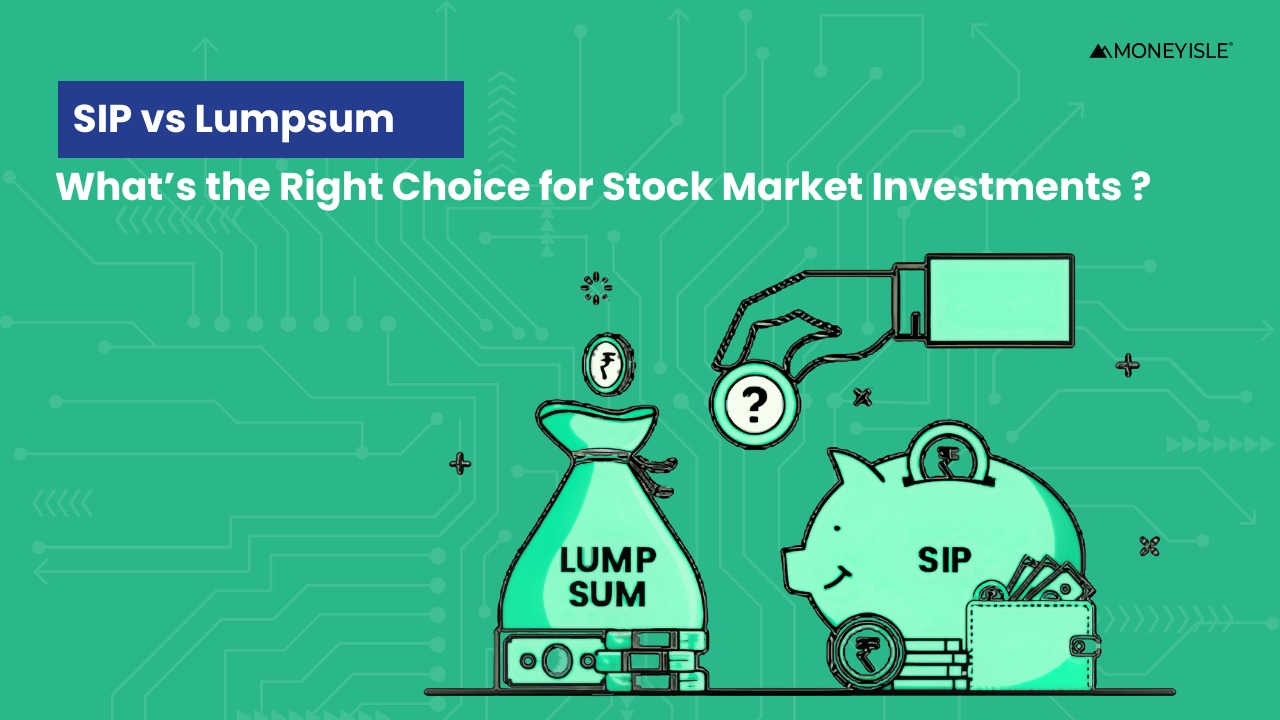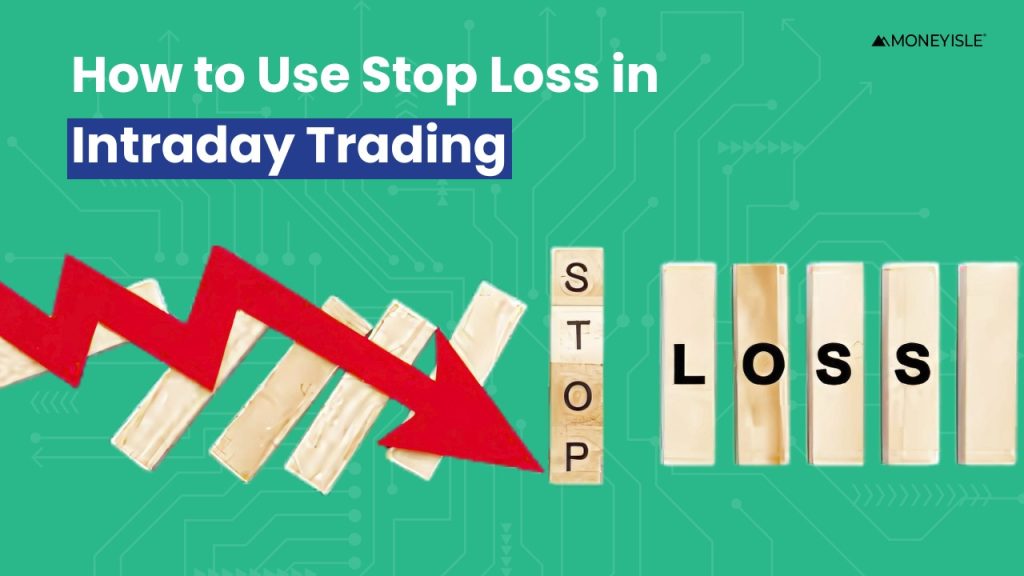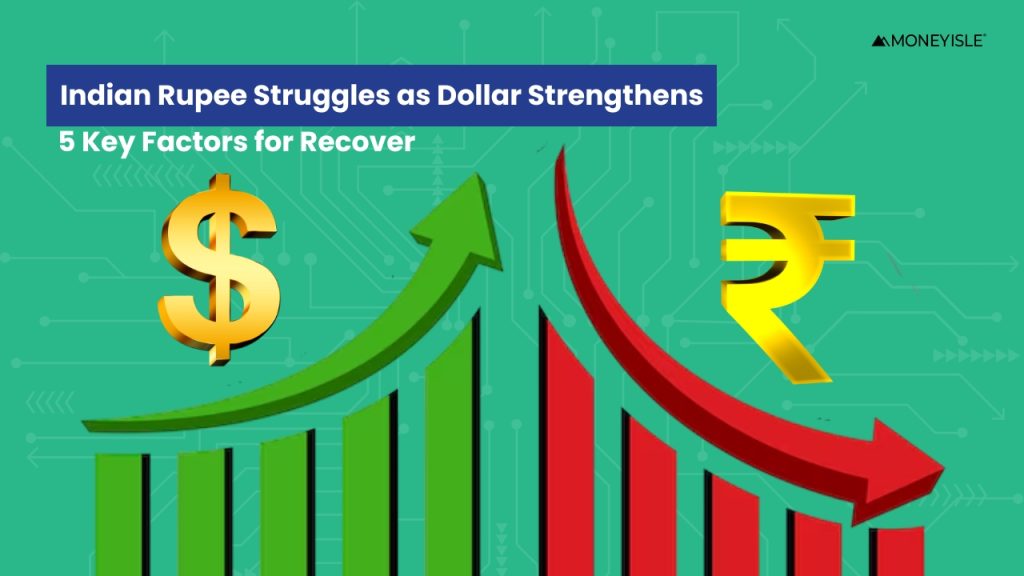One of the most common dilemmas investors face is choosing between a Systematic Investment Plan (SIP) and a lumpsum investment. Both approaches have their own advantages and risks, making it crucial to understand which one aligns best with your financial goals and risk tolerance.
Understanding SIP and Lumpsum Investment
What is SIP?
A Systematic Investment Plan SIP is a method of investing in stocks or mutual funds in a disciplined and systematic manner. Under SIP, an investor contributes a fixed amount at regular intervals (weekly, monthly, or quarterly) rather than investing a large sum all at once. This strategy helps in averaging out the cost of investment over time and reduces the impact of market volatility.
What is Lumpsum Investment?
Lumpsum investment, on the other hand, involves investing a significant amount of money at one time. This approach is beneficial when the market conditions are favorable, allowing investors to capitalize on growth opportunities in a short period. However, it carries higher risk as the investment is exposed to market fluctuations all at once.
Key Differences Between SIP and Lumpsum
| Factor | SIP | Lumpsum |
| Investment Frequency | Regular intervals (monthly, quarterly, etc.) | One-time investment |
| Market Timing | No need to time the market | Requires good market timing |
| Risk Exposure | Lower due to rupee cost averaging | Higher due to exposure to market fluctuations |
| Flexibility | High (can start with small amounts) | Lower (requires a significant sum) |
| Ideal for | Long-term wealth accumulation | Short-term or high-growth investment opportunities |
Advantages of SIP Investment
- Rupee Cost Averaging – SIP allows investors to buy more units when prices are low and fewer when prices are high, reducing the overall cost per unit over time.
- Disciplined Investing – Encourages regular investments, making it easier to stick to financial goals.
- Lower Risk – Since investments are spread over time, the impact of market volatility is minimized.
- Affordable – Investors can start with as little as ₹500 per month, making it accessible to all.
Advantages of Lumpsum Investment
- Potential for Higher Returns – If invested at the right time, a lumpsum investment can generate significant returns in a short period.
- Less Administrative Hassle – Unlike SIP, which requires regular contributions, a lumpsum investment is a one-time process.
- Beneficial in Bull Markets – When markets are on an upward trend, lumpsum investments can benefit from high growth.
When Should You Choose SIP?
SIP is the ideal investment strategy for:
- First-time investors or those with a low-risk appetite.
- Individuals with a stable monthly income who prefer disciplined investments.
- Market conditions where volatility is high, making it difficult to time investments.
When Should You Choose Lumpsum?
Lumpsum investment is better suited for:
- Investors who have a substantial amount of money ready for investment.
- Those who can analyze market trends and invest during dips.
- Individuals looking for short-term growth opportunities.
- Situations where markets are experiencing a downturn, allowing for bulk purchases at lower prices.
Which Strategy Offers Better Returns?
The returns from SIP and lumpsum investments depend largely on market conditions and investment duration. Historically, lumpsum investments tend to generate higher returns in bullish markets, whereas SIP performs better during volatile or uncertain times.
For example:
- If you had invested ₹1 lakh in a lumpsum investment at the start of a bull run, your returns would be significantly higher compared to SIP.
- However, if markets were fluctuating, SIP would help in cost averaging and reducing risks.
Conclusion: Which One is Right for You?
There is no one-size-fits-all approach when it comes to investing in the stock market. If you are a risk-averse investor looking for long-term wealth creation, SIP is the safer and more consistent option. However, if you have a higher risk tolerance and can time the market effectively, a lumpsum investment might offer better returns. Ultimately, combining both strategies based on market conditions and financial goals can help optimize your investment portfolio.Regardless of your choice, it is always advisable to do thorough research, consult a financial advisor, and invest according to your risk appetite and financial objectives.
MoneyIsle is a trusted and user-friendly investment platform dedicated to helping individuals grow their wealth through smart financial solutions. We offer seamless access to stock trading, mutual funds, SIPs, and other investment opportunities, ensuring transparency, security, and competitive pricing. Our mission is to simplify investing by providing expert insights, advanced tools, and a hassle-free experience for both beginners and experienced investors. At MoneyIsle, we believe in empowering people to achieve their financial goals with confidence. Join us to take control of your investments and build a secure financial future.











